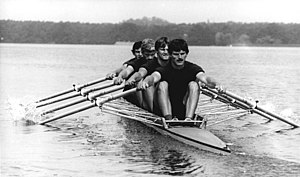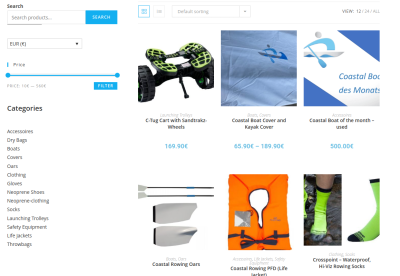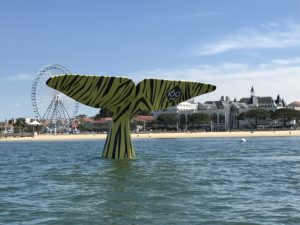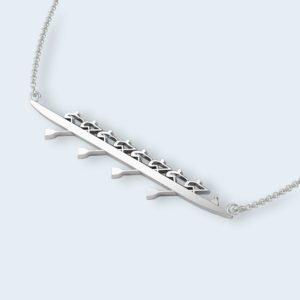There are many ways to effectively move a rowing or sculling boat – but knowing the style you want to use will help your crew align their technique so you are all using the same method to propel the hull through the water. The advantage of this is that the propulsive movement of legs, back and arms are delivered simultaneously by each athlete so their individual body masses move through the sequence in a co-ordinated manner maximising the combined efforts of each crew member.
Body parts to use
Three parts of the body make up the propulsive power of the rowing stroke
- legs
- back
- arms
The combination and sequencing of these three determine the different styles. It is possible (though unusual) to use them each separately – legs-back-arms. More normally, one blends into the next – legs-legs/back-arms, for example.
Four main styles have been identified:
- Adam – Comparatively long legs drive andlimited amplitude of the trunk. Simultaneous activity of legs and trunk during the stroke;
- DDR – Large, forward declination of the trunk, which begins the drive, followed by simultaneous activity of the legs;
- Rosenberg – Large, forward declination of the trunk at the beginning of the stroke, then strong leg extension without significant trunk activation. At the end of the cycle the trunk stops in the deep backward position.
- Grinko – consequent timing and emphasis on the legs drive.
The two main distinguishing features of each style are timing and emphasis on a body part. Mapping these on two axes with body part on the vertical (trunk or body at the top and legs at the bottom) and timing on the horizontal on the left simultaneous (using body parts together at the same time) and on the right consequent (using each body part in sequence). Gives this diagram of the four styles.


How to work out your style
As a coach or an athlete you need to have a clear mental image of your preferred style so that you can assess whether you are successfully reproducing it in your boat.
Go and watch videos of good rowing. There are great examples here, here, here and here.
Which is the style you prefer?
Source: Rowing Biomechanics newsletter








This Post Has One Comment
Thanks for the comment, Sara-Mai
If you took notes of what Tim McLaren said, we’d love to feature you as a guest blogger here.